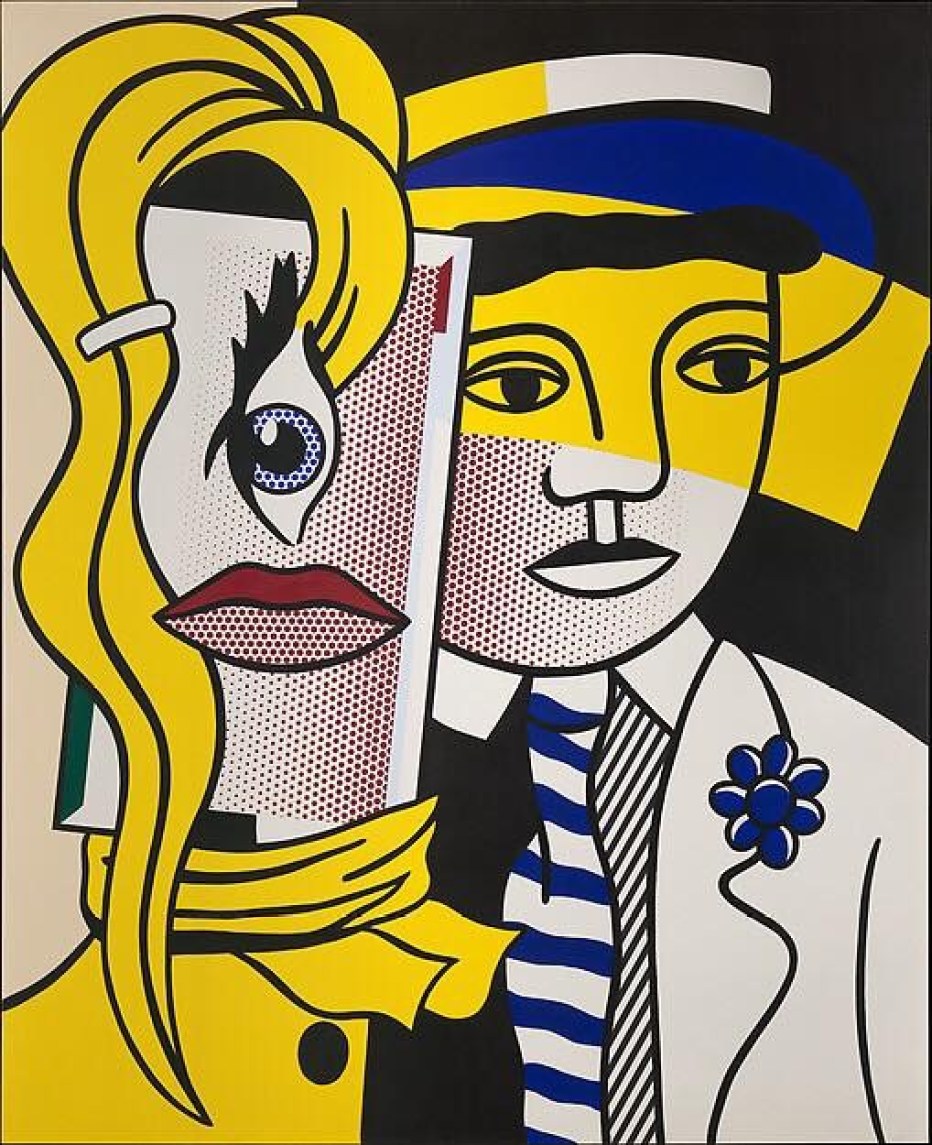
We have met at least once a month for the last 22 years, my old friend and me.
And every time I visit I see something I didn’t see before.
Something new from my old friend to me.
For 22 years
Every time we’re together I feel inspired. That’s my old friend’s gift to me.
So much wisdom, from my old friend. Freely given to me for the taking.
Wonderful lessons about visual storytelling.
From my old friend to me.
It begins
In May of 1884 George Seurat began painting A Sunday on La Grande Jatte.
It depicts the people of Paris strolling in a park on an island. Ladies with their parasols. Gentlemen in their top hats.
For the next two years he labored over my old friend.
He sat in the park, creating many sketches of the various figures to perfect their form.
Color and light
But he also found a new way to depict vibrant color and shapes.
Seurat wanted to capture the luminance and bright color of the place. So he didn’t use sweeping brushstrokes.
Instead, he applied thousands and thousands of tiny, dot-like strokes of pure color.
One by one. Day after day. Week after week.
Dot, dot, dot, dot
When you look at the painting, the colors and shapes you see are not mixed on the canvas. They are mixed by your eyes and brain.
When he began, Seurat focused meticulously on the landscape of the park. Then he added people.
But then something wonderful happened
You can see it by comparing the original studies and sketches with the finished painting.
His original sketches show people as uninspired portraits.
Individual characters brought together to do nothing in particular.
But then, George Seurat discovered visual storytelling.
So he reworked the original.
In total he created 28 drawings, 28 panels, and three larger canvases.
This time he added interesting people, doing interesting things.
This time the cast of characters included soldiers and boaters.
The fashionable ignoring the working class.
The old and the young.
Families, couples, and single men and women.
And of course, a monkey on a leash.
Interesting people and other beings doing interesting things
In fact, there are 48 people.
There are eight boats,
Three dogs.
And a monkey.
Creating stories to see
All of them draw us into the narrative of the painting.
Their interactions compel us to complete our own story about what in the world is going on.
For example, when I look really close, I swear I can see a wife strangling her husband.
In the middle of it all stands a little girl dressed in white. She stares directly at the viewer of the painting.
I think she is silently questioning us: “What will become of these people and their class?”
What is their story to be? How will their story end?
A new law of visual storytelling
A post called More Nothing: What Visual Storytelling Needs recaps some of the tenants great artists use to tell visual stories. You should check it out.
In that article you’ll find:
Heather’s Law of Visual Storytelling
Sometimes what you leave out is more important than what you put in
Well, when George Seurat discovered storytelling, he gave us a new law
Seurat’s Corollary to Heather’s Law
Sometimes the details you put in are as important as the things you leave out.
And he gave me an old friend who freely provides me with more to see every time we’re together.
But that’s just my opinion. What’s your take?

























